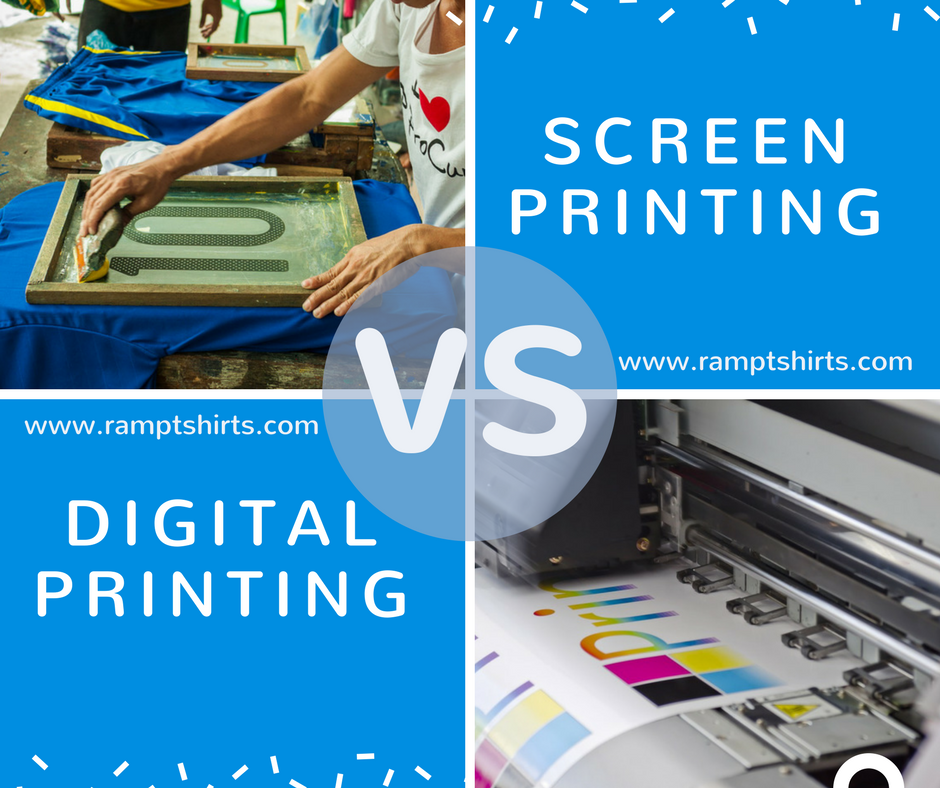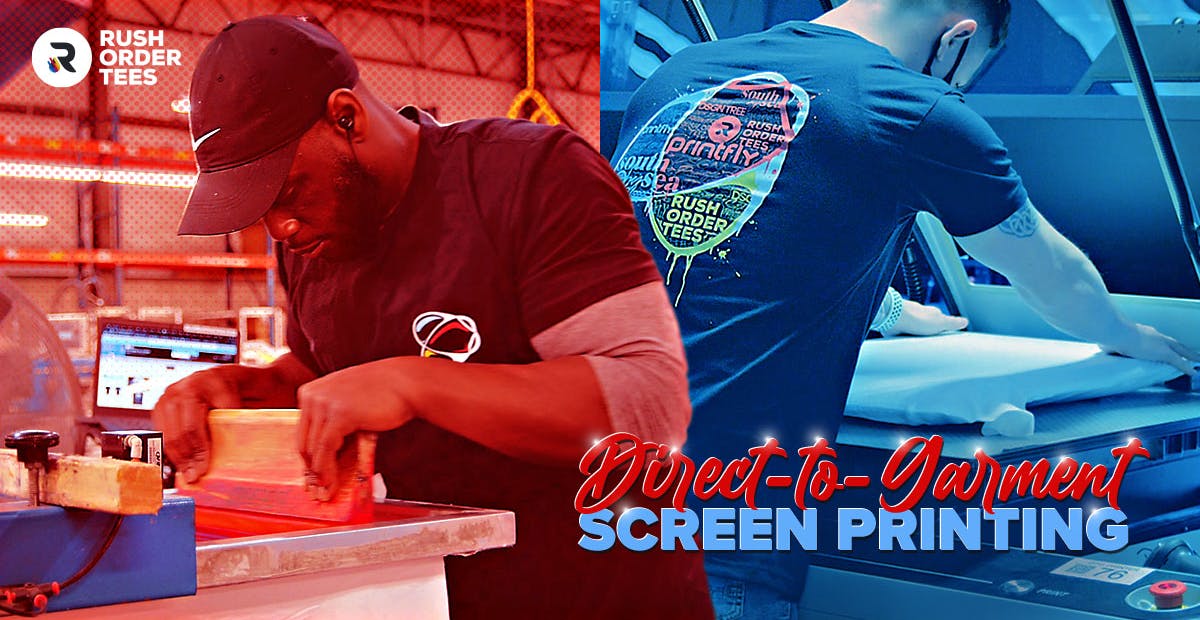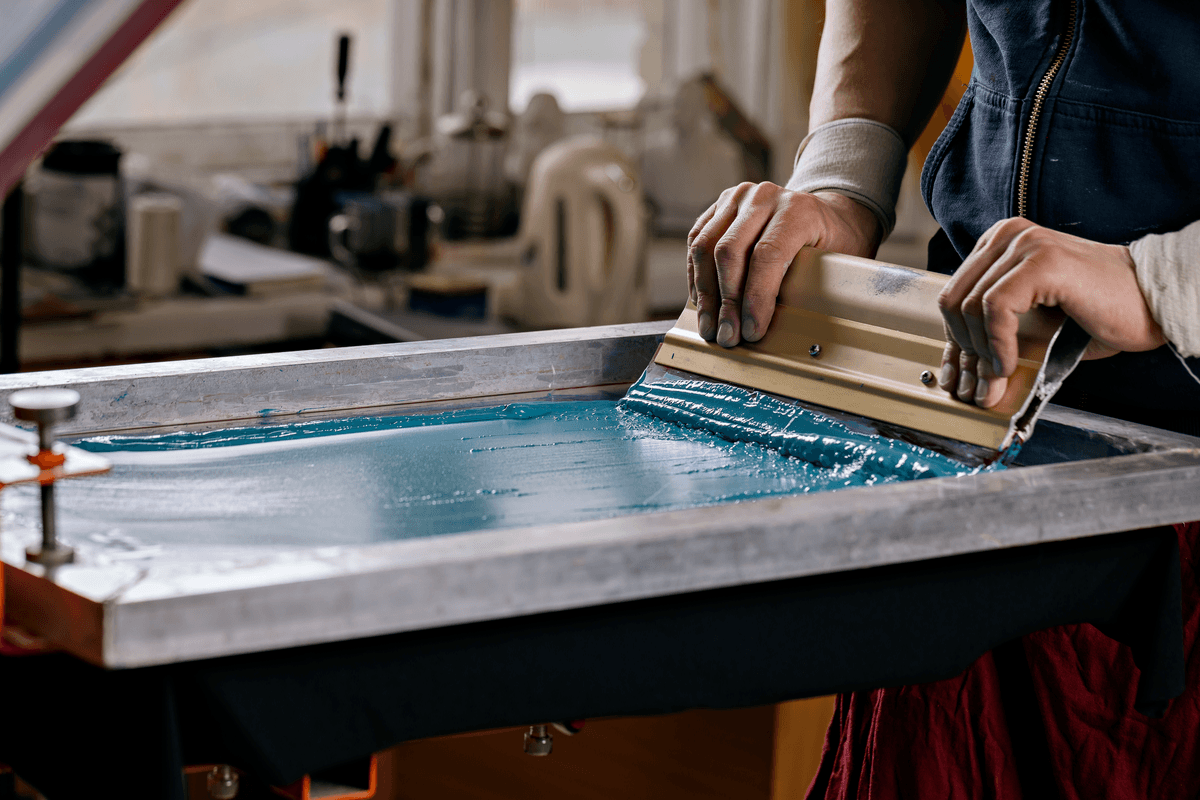Tx Tees Fundamentals Explained
Tx Tees Fundamentals Explained
Blog Article
Tx Tees - The Facts
Table of ContentsHow Tx Tees can Save You Time, Stress, and Money.More About Tx TeesThe Best Strategy To Use For Tx TeesHow Tx Tees can Save You Time, Stress, and Money.The Ultimate Guide To Tx TeesThe Only Guide for Tx TeesFacts About Tx Tees Revealed
Add up various other costs, like the number of energies it takes to run the store and the expense of ink and solution per style. Take the print listed below.The solution should only be a few cents considering that you 'd just require to layer one display for this job. Just how much should you bill per shirt to make a profit? Typically, printers try to make up to 45% revenue on a print task. Here's a table to assist you establish that: complete cost per product percent of wanted revenue as a decimal (instance:.25 or.45) profit made per product per task Currently allowed's talk regarding the productivity of DTF.

With DTF, you can publish a handful of t-shirts, or simply one. Both screen printing and DTF have their particular niches in the world.
Tx Tees - The Facts
The most effective method to understand? Ask about and see what printing shop like yours are doing. custom screen printing. Attempt both out and see which you like better
When you're choosing what kind of printing technique to utilize for printing your art work designs on your garments, it's essential that you recognize the distinctions in between these two strategies so you can make the most of outcomes while lessening prices. Display printing is one of the most generally made use of strategy for publishing layouts on fabrics.
DTG printing is additionally recognized as place or straight to garment printing since it prints only what is needed as opposed to making a display as display printers do. https://www.webtoolhub.com/profile.aspx?user=42385733. Screen printing functions by display filler squeegee screen printing ink display mesh display, then moving the image to garment making use of warm and/or stress
The DTG printer uses unique dye-sublimation inks that are applied into a pre-designed photo by a digital printing system. The inks enter into the material, allowing for lively shades and outstanding detail. It's likewise called spot or straight to garment printing due to the fact that it prints only what is required rather than making a screen as display printers do.
Tx Tees - Questions
First, it's much faster - you can print a fullcolor picture in minutes, rather than hours for display printing. Second, there's no established up time or prices entailed - you can publish any type of style you such as, without having to produce a screen. Third, there's no waste - because screen printers screen print one layout at once, they need to evaluate each color individually.
The paper is extremely costly and can only be used once. Once it's published on, it needs to be thrown out. - The first acquisition cost is less than the upfront investment of DTG printers- You can publish multi-color styles one screen at a time instead of needing to print each color separately like DTG printing.

The smart Trick of Tx Tees That Nobody is Discussing
Nonetheless, as opposed to utilizing screen mesh as screen printers do, dye sublimation printers use laser modern technology to transfer your photos onto garments or paper. A warmth process moves the dye from its solid-state straight into the gas phase which in turn merges it onto material substratums when they are quickly heated to heats under high pressure.
Sublimation printing is environmentally friendly. It makes use of much less water than screenprinting, and since it doesn't entail the usage of unsafe solvents, it's risk-free for all sorts of apparel. The dye sublimation inks are additionally odor free when cured, unlike screen printers that make use of unsafe chemicals throughout the display printing process that leave an undesirable smell.
They likewise save money on costly devices like exposure devices since color sublimation printers don't need a UV direct exposure unit or a flash treatment oven that is typically used in display printing (custom screen printing). What is direct to garment printing (DTG Printing)? DTG printing is an electronic screenprinting process that prints straight onto textile utilizing specialized inkjet printers
Not known Details About Tx Tees
DTG printing offers numerous advantages over typical screenprinting, consisting of the capacity to print photo high quality images, better color vibrancy, and the capability to print designs on darker materials. DTG printers work by heating the fabric ink until it becomes a gas. The gas after that permeates the material, bonding with the fibers to create a permanent print.

Display printers merely prepare their screen after that start printing until they lack item or ink.- There is a variety of skilled display printers all over the world, which can be valuable for beginners. - It's a slower process - display printers frequently need to wait for the ink to completely dry before they can publish the following color- Screen printers need manual labor, so there's a higher discovering curve and it takes longer to produce a top notch style- Screen printing isn't as precise as DTG printing, so you might get some "bleeding" of colors from one part of the image onto an additional if not done effectively.
The Best Strategy To Use For Tx Tees
Instead of making use of screen mesh as screen printers do, color sublimation printers use laser innovation to move your pictures onto garments or paper. A warmth process transfers the color from its solid-state straight into the gas phase which subsequently fuses it onto material substratums when they are rapidly heated to high temperature levels under high pressure.
Sublimation printing is environmentally friendly. It uses much less water than screenprinting, and since it doesn't include the usage of hazardous solvents, it's safe for all kinds of clothing. The color sublimation inks are additionally odor free when treated, unlike display printers that make use of hazardous chemicals throughout the display printing procedure that leave an unpleasant odor.
They likewise save cash on pricey tools like direct exposure units because dye sublimation printers don't need a UV direct exposure device or a flash treatment stove that is typically used in screen printing. What is direct to garment printing (DTG Printing)? DTG printing is a digital screenprinting process that prints directly onto material utilizing specialized inkjet printers.
The Ultimate Guide To Tx Tees
DTG printing supplies several advantages over standard screenprinting, including the ability to publish photo high quality pictures, greater shade vibrancy, and the capacity to publish designs on darker fabrics. DTG printers function by warming the textile ink until it turns right into a gas. The gas then permeates the textile, bonding with the fibers to produce a long-term print.
Report this page